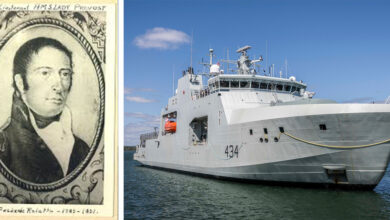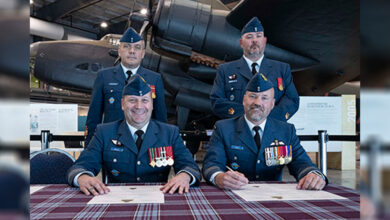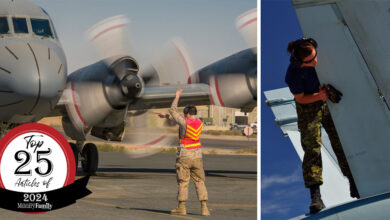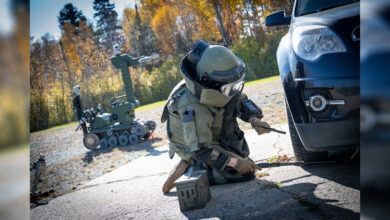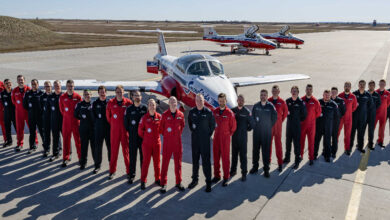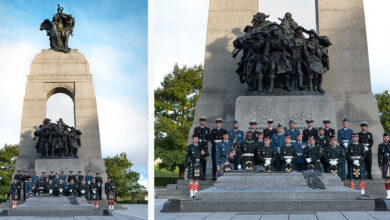Duty CallsUncategorized
DART Deploys to Nepal
Canada has deployed an Assessment Team, elements of the Disaster Assistance Response Team (DART) and additional soldiers to assist with the humanitarian crisis in Nepal.
In the aftermath of a 7.8 magnitude earthquake that struck Nepal on Saturday the Canadian Armed Forces (CAF) is currently readying its personnel and resources in order to ensure a prompt reaction to the devastated country.
“We extend our deepest condolences to the people of Nepal in the aftermath of this terrible earthquake. Our personnel are currently pre-positioning to assess the needs of the affected population and the most efficient way to provide emergency relief. The Department of National Defence and the CAF stand ready to help save lives, maintain a stable environment, and assist in reconstruction where it is needed,” said Gen. Tom Lawson, the Chief of the Defence Staff.
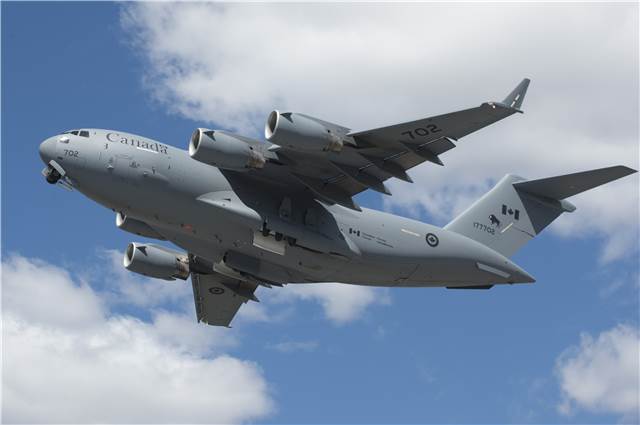
Photo: Corporal Dan Strohan, 8 Wing Imaging
TN09-2015-0302-0011
An air crew from Canadian Forces Base (CFB) Trenton, Ontario transported an assessment team as well as relief supplies, medical personnel and firefighters to Nepal on Sunday. The team will assist the Interdepartmental Strategic Support Team (ISST) in performing its needs assessment, and the other personnel will provide initial support and medical assistance once they arrive in Nepal.
On Monday, soldiers left Garrison Petawawa for CFB Trenton where they will depart for Nepal in a CC-177 Globemaster III. The DART has been warned by officials the number of casualties could rise beyond 4000.
The Government of Canada announced it will support experienced humanitarian organizations with $5 million to provide life-saving assistance to meet the urgent needs of people affected by the earthquake.
The DART is a multidisciplinary military organization designed to deploy on short notice anywhere in the world. The team responds to situations ranging from natural disasters to complex humanitarian emergencies.
The primary responsibilities of the DART is to stabilize the primary effects of the disaster in co-operation with national and regional governments and non-governmental agencies and to prevent rapid onset of the secondary effects of the disaster.
The team is not designed to provide first response services, such as search and rescue or emergency trauma care. Instead, it can be useful where the capabilities of local governments and humanitarian agencies to provide primary health care and potable water are overstretched.
Get More! Receive six issues of Canadian Military Family Magazine in your mail box for only $17.95! Click here to subscribe NOW!




